1) Connect one end of the grounding wire to the grounding post of the instrument and the other end to a reliable earth to ensure that the instrument case is at ground potential. 2) When wiring: Insert the high-voltage cable plug into the back door HV socket, and clip the red pliers at the other end to the high-end lead of the test object. The black pliers are suspended or clamped on the red pliers. Insert the CX low voltage cable into the CX socket, and the red clip on the other end clamps the lower end of the test piece. The black clip is suspended or connected to the shielding device. 3) When wiring is reversed: Insert the high-voltage cable plug into the back door HV socket, and clip the red pliers at the other end to the high-end lead of the test object. The red pliers are suspended or connected to the shielding device. Cx sockets are not used. 2. Turn on the power switch and the instrument performs self-test. If the self-test is good, the LCD displays the Chinese main menu as shown in Figure 10. 1) Press the button to move the cursor to each menu item and cycle the indication. The selected item is displayed in reverse font. The flow of the selection key is shown in Figure 11. 2) In the item currently displayed by the cursor, press the ▼▲ key to change the menu and cycle the indication. The flow is shown in Figure 12. 3) After changing the menu to correspond to the test requirements, press the SELECT button to select the next item. Dielectric loss tester Dielectric loss tester 4. Frequency: The cursor is on the frequency, press ↑↓ key to select fixed frequency and frequency conversion: The cursor is on the fixed frequency: press and hold the “start and stop†button for 1s or more to switch to full frequency selection, press the ↑↓ button to cycle display 45Hz/47.5Hz/50Hz/52.5Hz/55Hz/60Hz/65Hz Power frequency 50Hz measurement, this setting can not resist interference, select 50Hz in the test room for measurement or verification, "45/47.5/55/52.5/60/65Hz": for single frequency measurement, study the change of dielectric loss at different frequencies Use. The cursor is on the frequency conversion: press and hold the “start and stop†button for 1s or more to switch to full frequency selection, press the ↑↓ button to cycle through 5-Hz/6-Hz/4-Hzâ€: “5-Hzâ€: 45/55Hz automatic frequency conversion, suitable for measurement under 50Hz power grid interference. “6-Hzâ€: It is 55/65Hz automatic frequency conversion, suitable for measurement under 60Hz power grid interference. “4-Hzâ€: It is 47.5/52.5Hz automatic frequency conversion, suitable for measurement under 50Hz power grid interference. 5. Test: When the cursor is on the test item, press the enter key for about 3 seconds to start the test. The screen displayed during the test is shown in Figure 13 (positive wiring, frequency conversion). When the following process reaches 100%, the test is completed, and then the measurement result is shown in Figure 14. At this time, the cursor indicates the printer icon, press OK. The key prints the report. The significance of the measurement results is as follows: Tgδ: the loss factor tgδ value of the sample CX: measured capacitance value V: applied voltage value I: Current flowing through the sample F1, F2: test frequency After printing is finished, turn off the power switch and the test is completed. According to whether the tested product is grounded, there are two measurement methods, namely, the positive wiring measurement method and the reverse wiring measurement method. The principle of the two measurement methods is shown in Figure 1: On the 10kV side of the high-voltage power supply, the high-voltage is divided into two ways, one way to the standard capacitor CN in the machine. The dielectric loss of this capacitor is very small. It can be considered that the dielectric loss is zero, which is the pure capacitive current. This current ICN can be used as the capacitive current. Benchmark. On the side of the Cx sample, the sample current Icx is taken into the machine through the sampling resistor R. This Icx can be decomposed into horizontal and vertical components as shown in Fig. 2. By calculating the ratio of the horizontal component to the vertical component, the tgδ value can be obtained. . In Figure 1 (a), Cx is an ungrounded sample. The sample current Icx enters the sampling resistor R from the end of the sample to obtain the full current value. In Figure 1 (b), Cx is the grounded sample, and the Cx terminal is directly in the machine. Grounding, current Icx takes the full current value from the high voltage end of the sample to the sampling resistance inside the machine. The POS Machine reads the cardholder's magnetic stripe information on the bank card through the card reader, the POS operator enters the transaction amount, the cardholder enters the personal identification information (ie password), and the POS sends this information through the UnionPay Center and uploads it. The card issuing bank system completes the online transaction, gives information on whether it is successful or not, and prints the corresponding bill. The application of POS realizes the online consumption of credit cards, debit cards and other bank cards, ensures the safety, speed and accuracy of transactions, avoids complicated labor such as manual inquiry of blacklists and pressing orders, and improves work efficiency. 15.6 Inch Pos,Pos Billing Machine For Retail Shop,Mini Pos Machine,Touch Pos Machine ShengXiaoBang(GZ) Material Union Technology Co.Ltd , https://www.sxbgz.com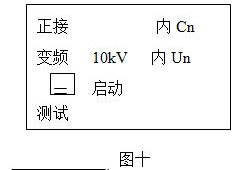
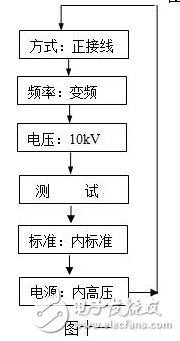
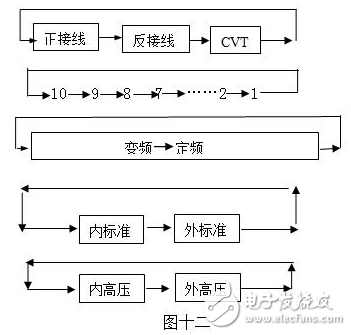
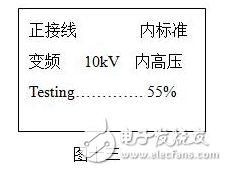
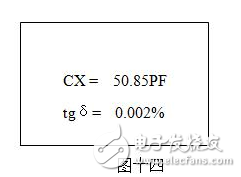
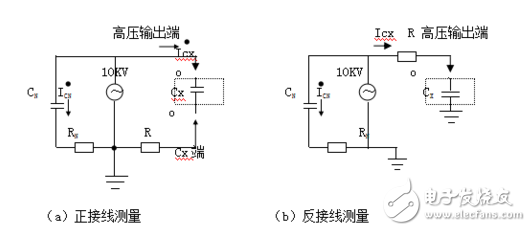
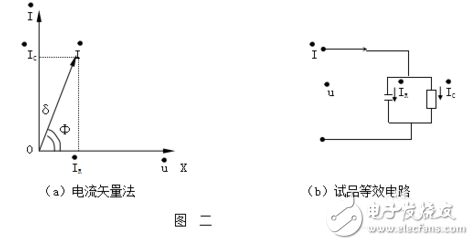
The following is a method of operation of the dielectric loss tester: 1. Preparation before measurement: